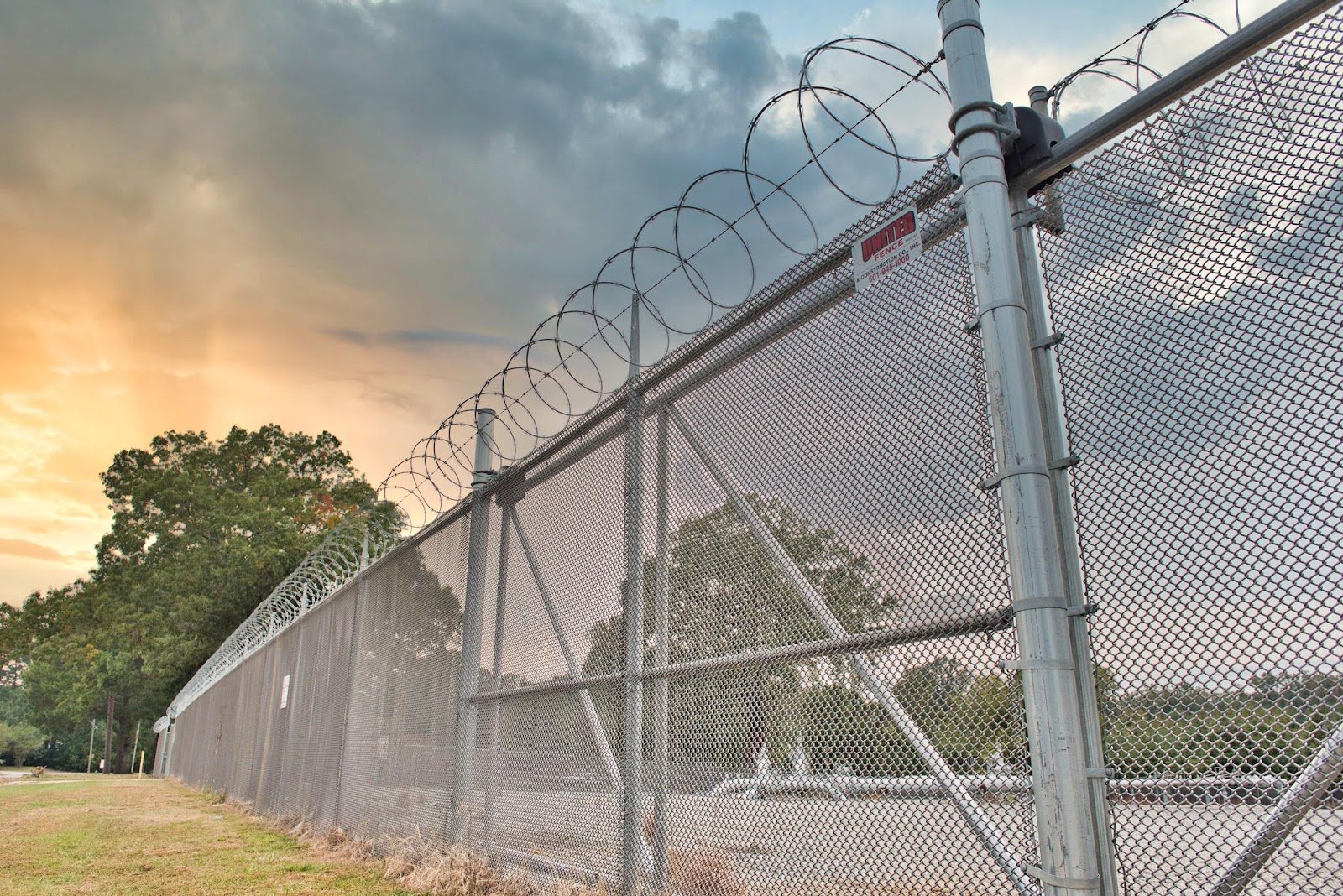All Categories
Featured

When taking into consideration setting up a fencing on your residential or commercial property, one of one of the most crucial actions is to recognize whether you require a license. Fence installations often require a license to ensure that the structure adheres to regional zoning legislations, building codes, and security criteria. The particular authorizations needed can vary depending upon your location, the type of fencing you intend to install, and the height or placement of the fencing. Below's an overview to help you navigate the procedure of getting a fencing license and ensure that your installation is hassle-free and legal.
Why You Required a Permit for a Fencing Installation. The authorization procedure aids local authorities confirm that your fencing does not conflict with web traffic exposure, respect your building lines, or breach height constraints. Installing a fence without an authorization can result in fines, removal of the fence, or hold-ups in building and construction, so it's necessary to check whether a license is required prior to starting your job.
Kinds of Authorizations You May Require. There are a few common kinds of authorizations you may require for a fencing installation:
Structure License. A structure license is the most usual authorization needed for fence installments. This authorization makes certain that the fencing satisfies security requirements and is built according to neighborhood building regulations. A building authorization is normally needed if the fencing goes beyond a certain height (frequently 6 feet), is constructed from specific materials, or lies near a public walkway or roadway.
Zoning Authorization. A zoning permit may be needed to confirm that your fencing adheres to local zoning laws. Zoning laws can determine where a fencing can be placed on your home, just how high it can be, and whether it is allowed in particular locations (such as along residential property lines or in front backyards) Some towns have guidelines limiting the elevation of fences in the front lawn to make certain exposure for vehicle drivers and pedestrians.

Obstacle Permit. If you are building a fencing near your home line or close to a street, you might require a problem permit. A problem describes the range a framework, including fences, must be from the residential or commercial property line. Problem laws vary by place, and making certain that your fence is put correctly can stop disputes with next-door neighbors and stay clear of offenses.
Property Owner Association (HOA) Approval. If you live in a neighborhood governed by a Property owner's Association (HOA), you might require authorization from them along with regional licenses. HOA policies commonly cover the sort of materials, elevation, design, and color of fencings. Even if your city government does not call for an authorization, your HOA might still have details guidelines that require to be adhered to.
Exactly How to Obtain a Fence License. To make an application for a fence authorization, you'll require to contact your regional structure division or planning workplace. The application process usually includes filling out a kind, paying a fee, and submitting a website strategy of your building that reveals the recommended area of the fencing. You may additionally require to consist of details concerning the products, elevation, and style of the fencing.
In some situations, a neighborhood official might need to check your building before approving the authorization. As soon as the license is provided, you will certainly be licensed to wage your fence installment.
When Is an Authorization Not Needed? In particular circumstances, a permit might not be needed. These circumstances can include:
Low Height Fences: In several areas, fencings that are listed below a certain elevation (frequently 3 to 4 feet) might not require an authorization, particularly if they are placed in the backyard or other non-visible locations.
Fence Substitute: If you're changing an existing fencing with the very same height and product, some areas may not require a new license.
Non-Obtrusive Fencings: Temporary or attractive fences, such as those made use of for horticulture or landscaping functions, might not require permits as long as they are reduced and not long-term.
Nonetheless, it's important to get in touch with your regional zoning workplace or structure department, as guidelines can vary by territory.
Consequences of Not Acquiring an Authorization. Failing to obtain the needed permits can bring about substantial consequences. These include penalties, compelled removal of the fencing, and even delays in building. Additionally, if your fence does not satisfy local regulations, you can encounter lawful concerns with neighbors or neighborhood authorities.

Verdict. By making sure that you follow local policies and obtain the required authorizations, you can prevent expensive mistakes and guarantee that your fence is legally compliant. Examine with your regional building division, HOA, and zoning workplace to establish what licenses are needed for your specific fence project.
Latest Posts
Discover Outstanding Vehicle Maintenance Care in Chicago – Drive with Confidence
Published May 27, 25
1 min read
Uncover Cost-Effective Auto Repairs with Montclare’s Limited-Time Service Specials
Published May 26, 25
1 min read
Find Brake Repair & More: Complete Services Guide from Montclare Auto Repair
Published May 26, 25
1 min read
More
Latest Posts
Discover Outstanding Vehicle Maintenance Care in Chicago – Drive with Confidence
Published May 27, 25
1 min read
Uncover Cost-Effective Auto Repairs with Montclare’s Limited-Time Service Specials
Published May 26, 25
1 min read
Find Brake Repair & More: Complete Services Guide from Montclare Auto Repair
Published May 26, 25
1 min read